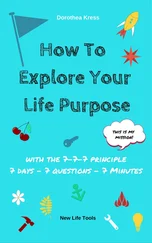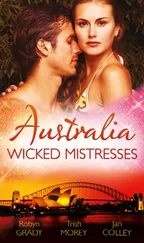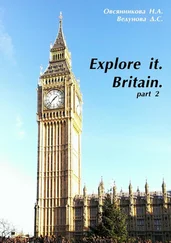The share of raw materials in exports is significant – 54%
Australia’s GDP per capita is higher than the UK, Germany and France in terms of purchasing power parity (PPP) currencies. Australia’s GDP per capita (PPP) is ranked 5th in the world (IMF 2011). The country was ranked second in the 2011 UN HDI and sixth by The Economist on the World Quality of Life Index in 2005. Australia has a credit rating of “AAA” – higher than the United States.
According to Credit Suisse’s 2011 Total World Wealth Report, Australia has an average wealth of $ 222,000, the highest in the world and nearly four times that of an adult in the United States. The proportion of those with wealth over $ 100,000 is the highest in the world – eight times the world average. The average wealth is $ 397,000, the second largest in the world after Switzerland.
Inflation is usually 2—3%, and the basic interest rate is 1.5—5%. The service sector in the economy, including tourism, education and financial services, accounts for 70% of GDP. The Australian National University in Canberra is supporting an interest rate forecasting project for the Australian economy, which is calculated from statistics by the so-called “shadow” members of the ANU faculty.
GDP
Australia’s average GDP growth rate during the period from 1901 to 2000 was 3.4% annually. Over the past 23 years, Australia has been demonstrating continuous GDP growth, despite two global recessions in economic activity, with an average growth rate of 3.3% per year.
History
After the transport of criminals to the “eastern mainland” ended in 1840, Australia was heavily dependent on subsidies from Britain. Economic growth was supported largely by huge government spending on transport, communications and urban infrastructure, which was also heavily dependent on British finance. At the same time, opportunities for high profits from grazing and mining have attracted a significant amount of British private and corporate capital. The rise of the mining industry laid the foundation for Australia’s economic growth. As the economy grew, there was a need for large-scale immigration to meet the growing demand for labour.
Mining has provided long and stable economic growth in the post-war period. Western Australia in particular benefited particularly from iron and gold mining in the 1960s and 1970s, which fuelled increased consumer protection in Perth, the capital and most populous city of Western Australia, and increased deurbanization in other regional areas. centres.
In 1983, under Prime Minister Robert Hawke, but mainly with the assistance of Treasury Secretary Paul Keating, the Australian dollar was introduced and a course of financial deregulation was set.
Since the early 1980s. and to date, the Australian economy is undergoing prolonged economic liberalization. The Australian economy has grown at an average annual rate of 3.6% for over 15 years, well above the OECD average of about 2.5%.
On 22 August 2020, the population of Australia is estimated at 25,682,185. Australia is the 50th most populous country in the world. The population is concentrated mainly in urban areas and is expected to exceed 28 million by 2030.
Australia’s population began to grow at around 350,000 during the first British settlement in 1788, and has since expanded due to numerous waves of immigration. Also, due to immigration, the European component of the population is decreasing in percentage, as in many other Western countries.
Australia has hardly more than two people per square kilometer of its total area. At the same time, dividing the population of Australia (24,512,108 people) by its area (about 7.7 million square kilometers), we get a different number: 3.18 people per square kilometer. With 89% of its population living in urban areas, Australia is one of the most urbanized countries in the world. Average life expectancy in Australia for 2005—2010 is 81.2 years, which is one of the highest in the world.
The earliest, reliably known, information about the arrival of indigenous Australians on the continent of Australia dates back about 40,000 years ago. Most likely, the settlers came from the islands of Indonesia and Papua New Guinea.
The first inhabitants of Australia were originally hunter-gatherers who, over many generations to come, spread widely across the continent and the surrounding islands. Despite the fact that their technical skills remained rather primitive, based on the use of wood, bone, stone tools and weapons, their spiritual and social life was very complex. Most spoke several languages, and confederations sometimes formed among highly distant tribal groups. The density of the indigenous population ranged from one person per square mile along the coast to one person per 35 square miles (91 km²) in arid inland regions. Procurement of food, usually for a small family, required about 3 working days a week. Even in the more fertile southeast, they lacked agriculture.
Конец ознакомительного фрагмента.
Текст предоставлен ООО «ЛитРес».
Прочитайте эту книгу целиком, на ЛитРес.
Безопасно оплатить книгу можно банковской картой Visa, MasterCard, Maestro, со счета мобильного телефона, с платежного терминала, в салоне МТС или Связной, через PayPal, WebMoney, Яндекс.Деньги, QIWI Кошелек, бонусными картами или другим удобным Вам способом.












